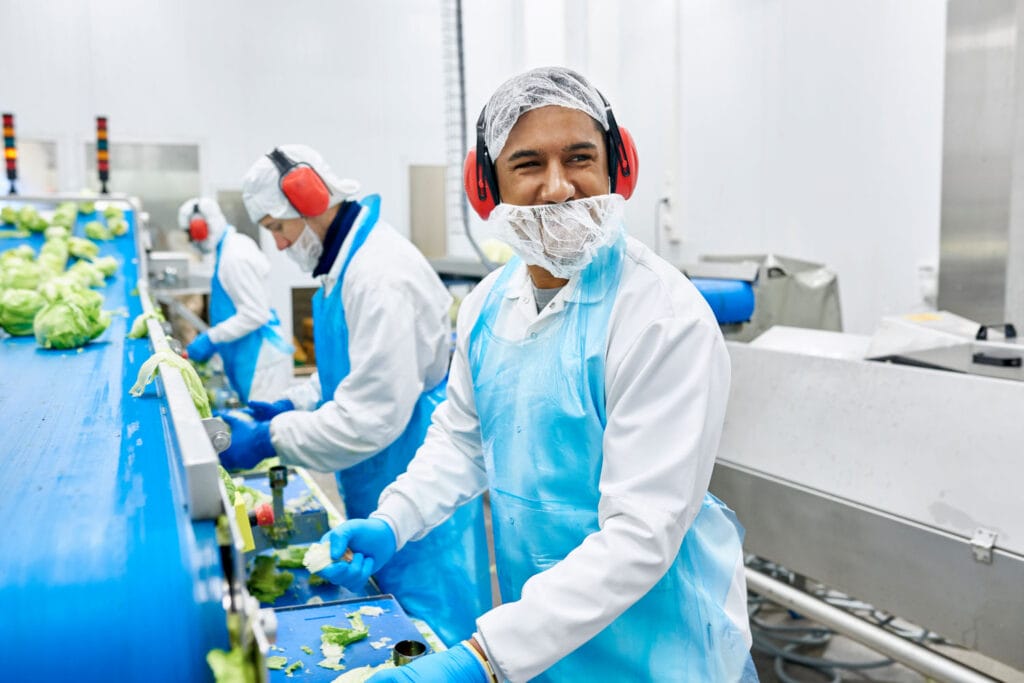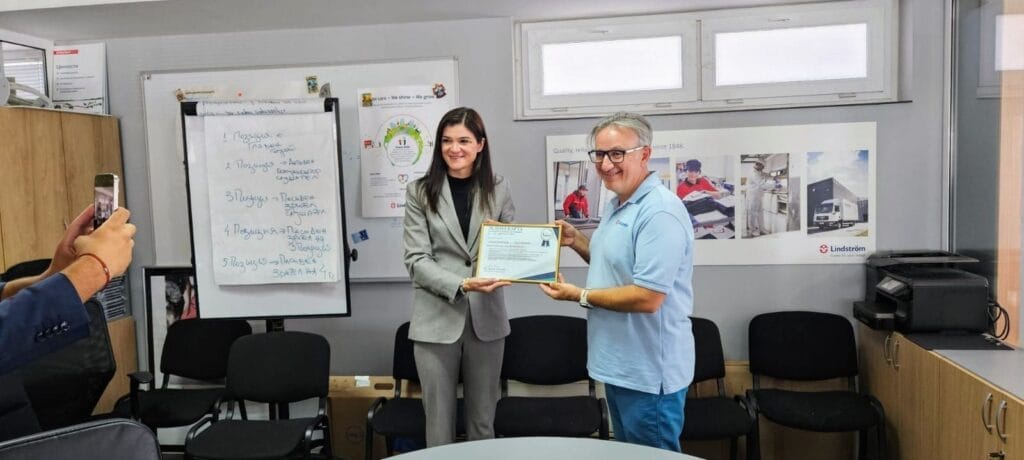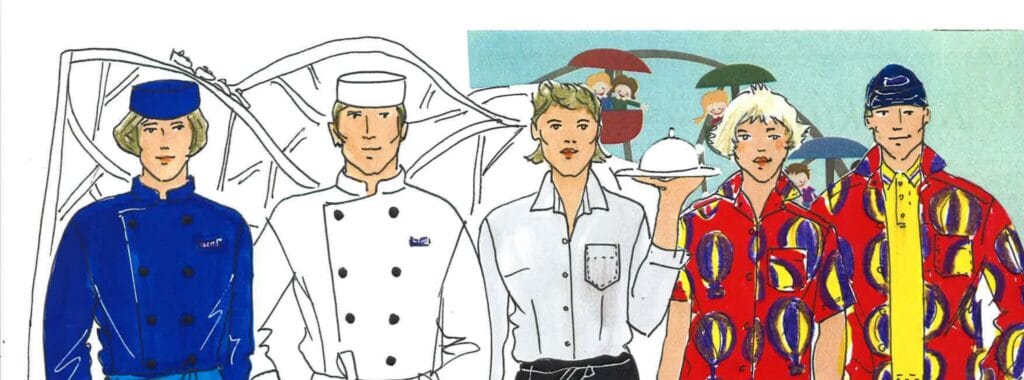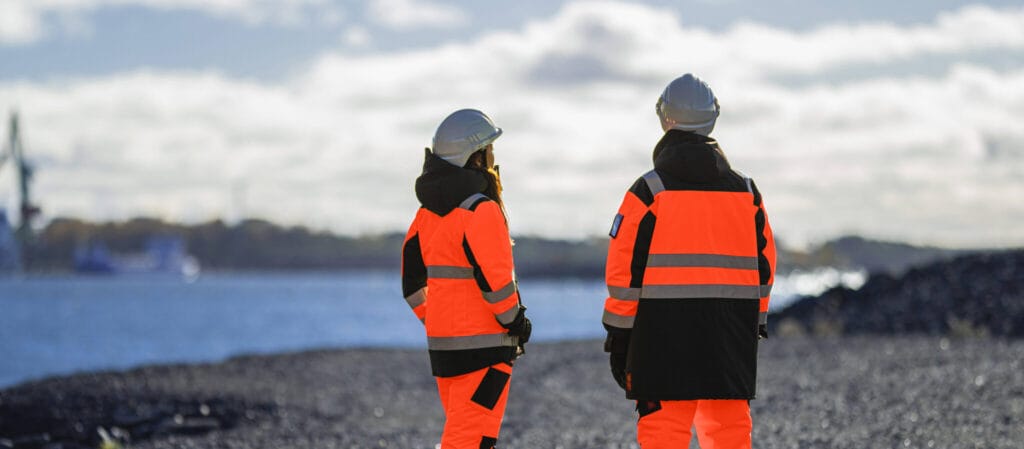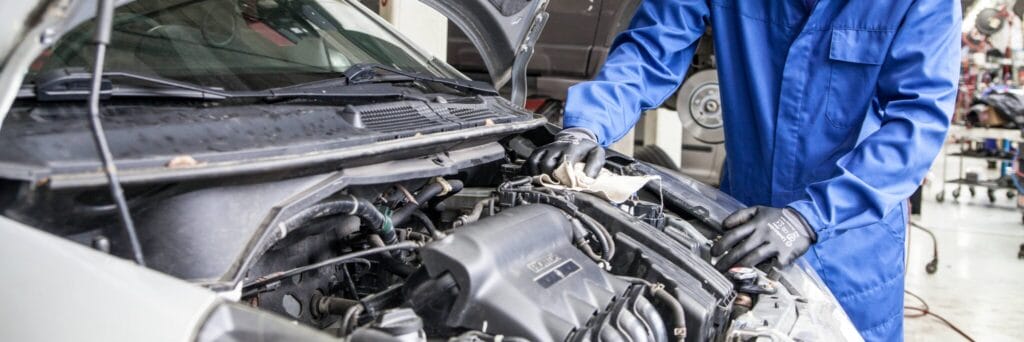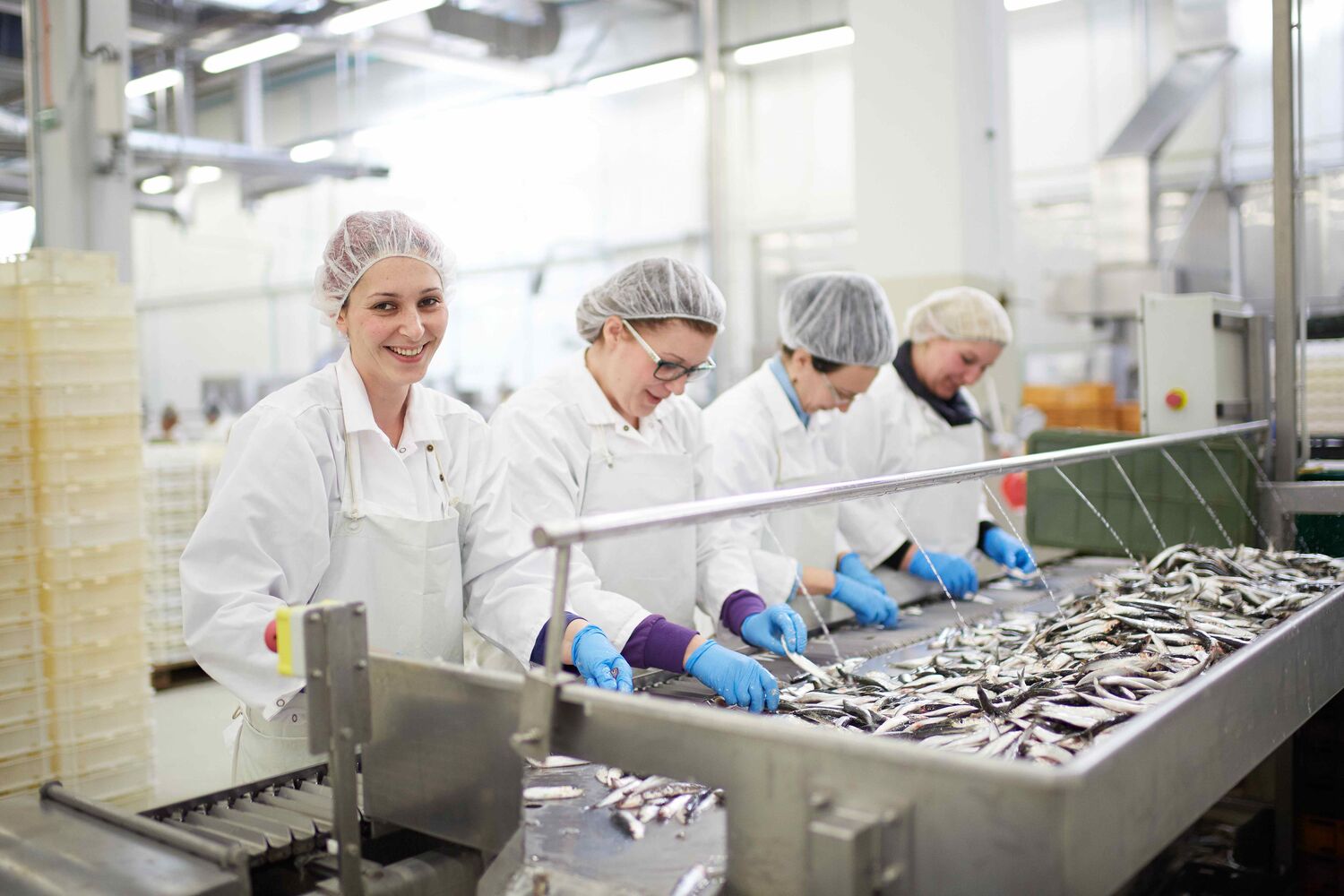
Sardina: Meeting the high standards of the industry
Once a week from the Lindström headquarters in Zagreb, a truck departs. The truck is loaded with enough clean sets of workwear for five working days in the week. It is set out for a region deep in the inland of Croatia. The truck takes a trip of 419 km to the fish processing facility Sardina on the Adriatic island of Brač. This is the biggest of the islands in the central Adriatic, best known for its white limestone. This stone has been used to construct many of the most celebrated buildings in the world. The most prominent among them is perhaps the White House in Washington.
Next to the natural beauty of the Mediterranean clime, including the crystal-clear blue sea and the gorgeous sandy beaches, is Sardina’s operations. Sardina has, for 108 years, been the chief economic generator of the whole island. Sardina employs the majority of the local population in its plants.
Sardina’s new factory supports sustainable development
It is also, accordingly, responsible for the island’s sustainable development. When a new factory opened up in Postira, it was through highly advanced technology. The factory occupies 15,750 square metres and uses the most modern technology for fish processing. Evincing the firm’s simultaneous concern for the environment and natural resources, the plant adheres meticulously to the highest ecological standards and quality control norms, as proved by the ISO 9001:2000, the HACCP and Kosher certificates it possesses.
When the new factory was launched, Sardina searched for a strategic partner to meet the high standards in the industry. Take into consideration that Sardina has a greatly diversified production line. It covers a whole series of products. For example, canned fish, fish paste, marinated products, salted products, fresh fish, fresh aquaculture products, fish meal and fish oil. In order to sustain the quality, we developed the most contemporary laboratory. It has equipment for the surveillance of all the critical points of production, in line with the HACCP and ISO quality systems.
“As for workwear, our choice was naturally Lindström, because we realised it was the highest quality clothing on the market. We were additionally pleasantly surprised by the innovative clothing laundry and maintenance service and distribution. Just like Lindström, we are very concerned about energy efficiency. For freezing fish, for example, we use carbon dioxide instead of the usual Freon, which has a bad effect on the ozone layer, and the toxic ammoniac; in addition, it allows a saving of 15% on electricity. Allowing a defrosting time of only 15 minutes, additional energy savings are achieved,” explains Jadranko Nezak, member of the Sardina board with responsibility for production, explaining to us the way of thinking of the management, from the viewpoint of someone with more than 20 years of work in the food processing industry.
Specific needs require specific solutions, also in workwear
Life on the island differs in many ways from the lifestyle on the mainland. There’s a relaxed type of atmosphere among the labour force while they are adroitly cleaning the freshly caught sardines by hand. While we clean the fish, the workwear often gets dirty with splatters. For this reason, the workers wear Lindström aprons on top.
“You work with water while you’re gutting the fish, and the cleaning itself causes deep stains in the clothing. Lindström suits really are the most suitable for these kinds of conditions of work. The workers were delighted when we went over to them. It was quite a relief to have pockets inside, without buttons but instead strong press studs. To be able to have properly sized, extremely clean clothing that fits each individual, and get lockers where each team member gets their own compartment delighted my fellow workers,” shares Jelena Vlahovic, Quality System Manager.
The clear distinction between production line workers and those in other departments is visually perceptible at once thanks to Lindström. That is, to the colours of the protective clothing. While we war white workwear in the cleaning and preserving processes, the staff in maintenance and transport have blue suits.
Sardina’s employees are satisfied with Lindström’s service
“I best got to know the concept of functionality when I started wearing workwear from Lindström. Then it became clear to me why the Finns are associated with the story of design based on functionality. I’m a tradesman in machine maintenance. My clothing mustn’t impede my movement but rather set it free. There should be no chance of my damaging either the machines, myself, or perhaps some fellow worker, with the tools I use.” Emphasises Ivan Glavinic, whom we caught amidst his activities.
The Lindström lockers have an adequate stock of white and blue spotlessly clean clothing. They will meet the Sardina labour force at the beginning of the following week. The truck sets off for the ferry to get to Split, the biggest city on the Adriatic coast. From the sea, the Lindström truck heads back to its distribution centre in Zagreb. This time, with a load of workwear that is once again going for thorough washing and repairing, where necessary. Lastly, Lindströmers iron the textiles for the next Sardina consignment in a week’s time.
